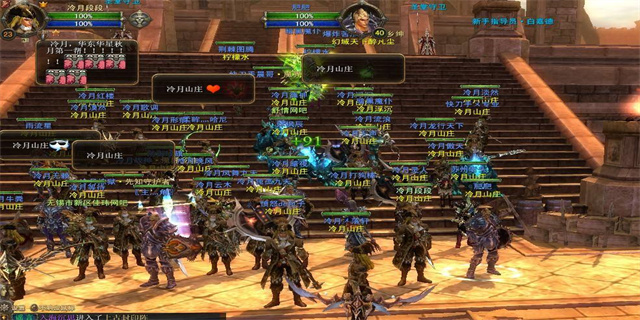Symbol: Unlocking the Secrets of Ancient Communication
Introduction
In the world of communication, symbols have played a pivotal role since the beginning of civilization. Symbols are powerful tools that convey meaning and messages in a concise and universal manner. From ancient cave paintings to modern-day emojis, symbols have always been an integral part of human expression and communication. In this article, we will explore the fascinating world of symbols, their origins, significance, and their impact on various cultures and societies.

The Origins of Symbols
Symbols have a rich history that dates back thousands of years. The earliest known symbols can be traced back to the Paleolithic era, where early humans used simple drawings and markings on cave walls to communicate and express their thoughts. These cave paintings, consisting of symbols representing animals and hunting scenes, were a form of early storytelling and served as a way to record past events.

As civilizations developed, symbols became more sophisticated and began to represent broader meanings. Ancient Egyptian hieroglyphics are a prime example of this. Hieroglyphics were a pictorial writing system that relied heavily on symbols to represent words or ideas. Egyptologists have long studied and deciphered hieroglyphics, providing valuable insights into the lives and beliefs of the ancient Egyptians.
The Significance of Symbols
Symbols hold immense significance in various aspects of human life. In religion, symbols often represent the divine and serve as a pathway to spiritual enlightenment. The cross, for example, is one of the most universally recognized symbols representing Christianity. It symbolizes sacrifice, redemption, and eternal life.
Symbols also play a crucial role in the world of literature and art. Writers and poets use symbols to convey deeper meanings and evoke emotions in their readers. The Scarlet Letter, a classic novel by Nathaniel Hawthorne, uses the symbol of the letter 'A' to represent sin and shame. This symbolic element adds depth to the story and prompts readers to analyze the moral and social implications of the characters' actions.
In addition to their cultural and artistic significance, symbols have practical uses as well. In mathematics and science, symbols are used to represent complex equations and theories. The symbol π, for instance, represents the mathematical constant pi and is used to calculate the circumference of a circle.
The Evolution of Symbols in Modern Society
The advent of the digital age has given rise to new forms of symbols that have gained widespread popularity: emojis. Emojis are small digital images or icons used to express emotions, ideas, or objects in text messages and social media posts. With the rise of smartphones and instant messaging, emojis have become an integral part of modern communication, allowing individuals to convey their feelings quickly and effectively.
However, it is essential to recognize that symbols can vary in meaning between different cultures and contexts. For example, the thumbs-up emoji is commonly used in Western cultures to indicate approval or agreement. In some Middle Eastern countries, however, the thumbs-up gesture is considered offensive. This highlights the importance of cultural awareness and sensitivity when using symbols in communication.
Conclusion
Symbols have been a fundamental aspect of human communication since the dawn of time. From ancient cave paintings to modern-day emojis, symbols have evolved to meet the changing needs of human expression. They serve as a bridge between cultures, an avenue for creative expression, and a powerful tool for conveying complex ideas in a concise manner. By understanding and appreciating the significance of symbols, we can unlock the secrets of ancient communication and embrace the richness they bring to our lives.


















